SYKE
First-Person Adventure Puzzle Game
Syke is an MC-Escher inspired odyssey through a fantastical, reality-defying world crafted with visual metaphors, where the player solves interconnected puzzles to piece together the protagonist’s fractured psyche.
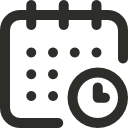
DEV TIME
9 MONTHS
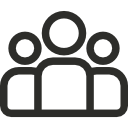
TEAM SIZE
30
POSITION
CREATIVE PRODUCER

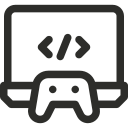
SOFTWARE
UNREAL 5.3
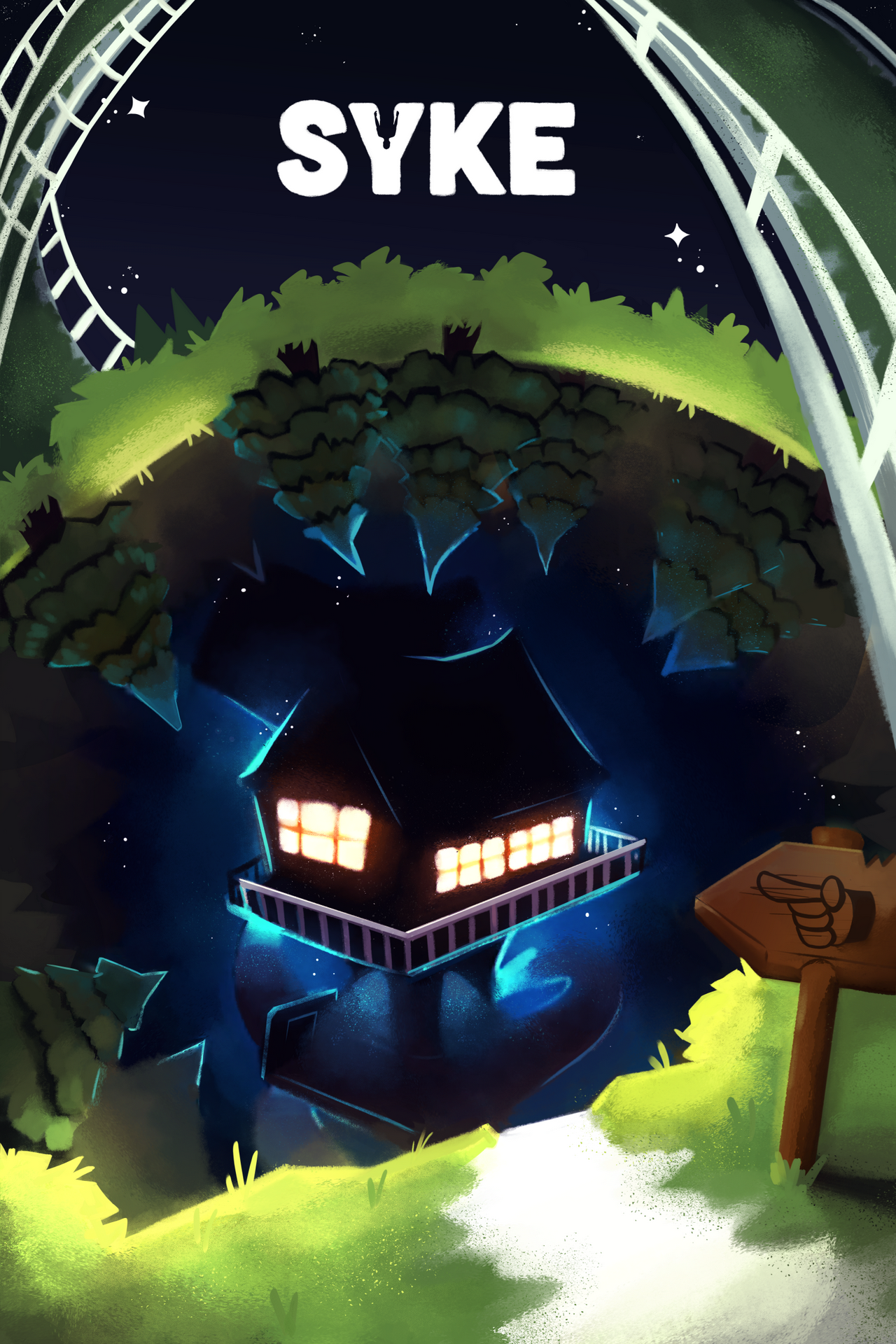
SYKE has earned 25,000+ downloads with a 8/10 rating on Steam! Additionally, SYKE reached #4 on the New & Trending Free Games page within a few days of launch.

THE ROLE OF PRODUCER
My primary role on Syke was that of creative producer. Although I had not had the opportunity to lead a team of this size or caliber before, I knew that I was ready for the challenge. My main focus was always team communication and transparency and knew that the way I facilitated meetings and conducted cross-discipline communication was going to be crucial of a team this size.
I set up a structure of weekly art meetings as well as in person 1-on-1 check ins where I could talk about the state of the project not only in terms of the art pipeline but also in how we fit in the development pipeline.
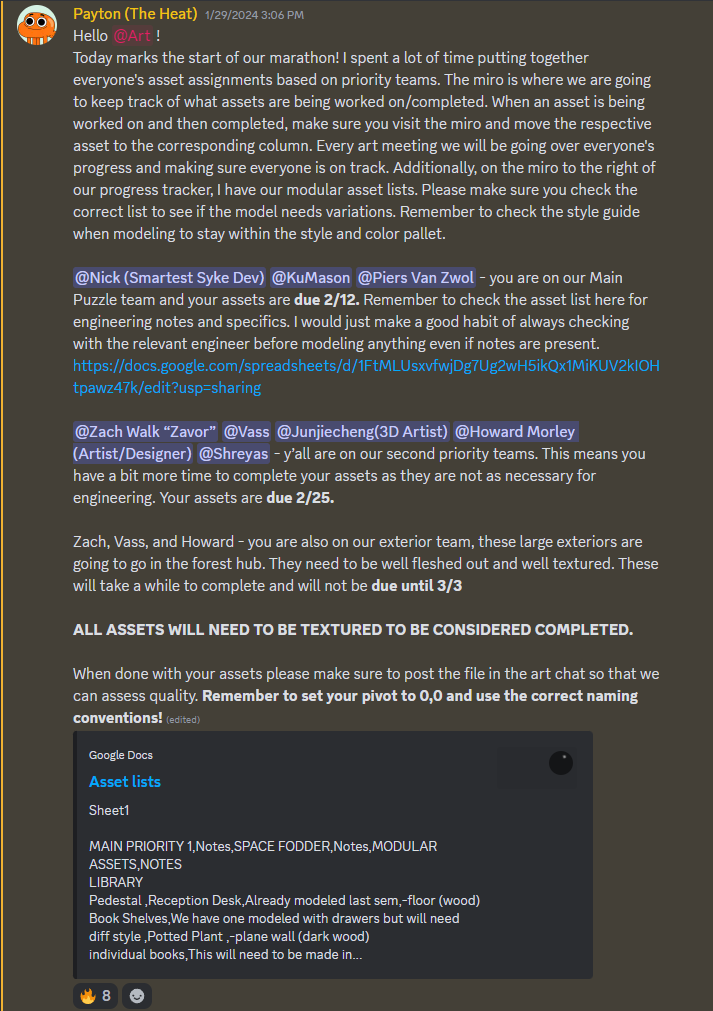
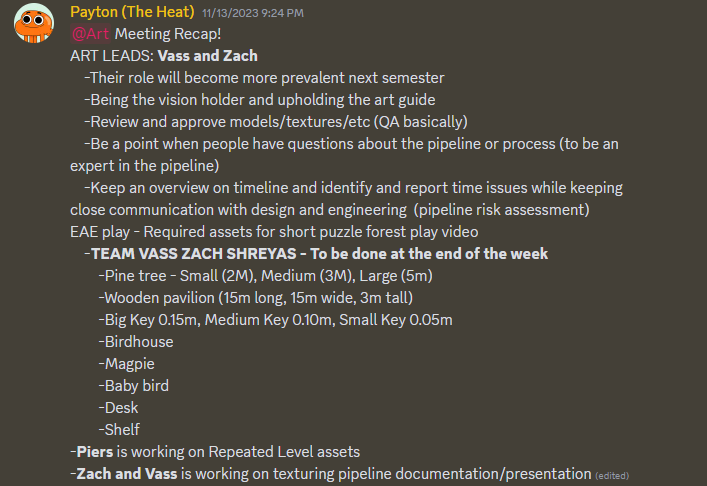
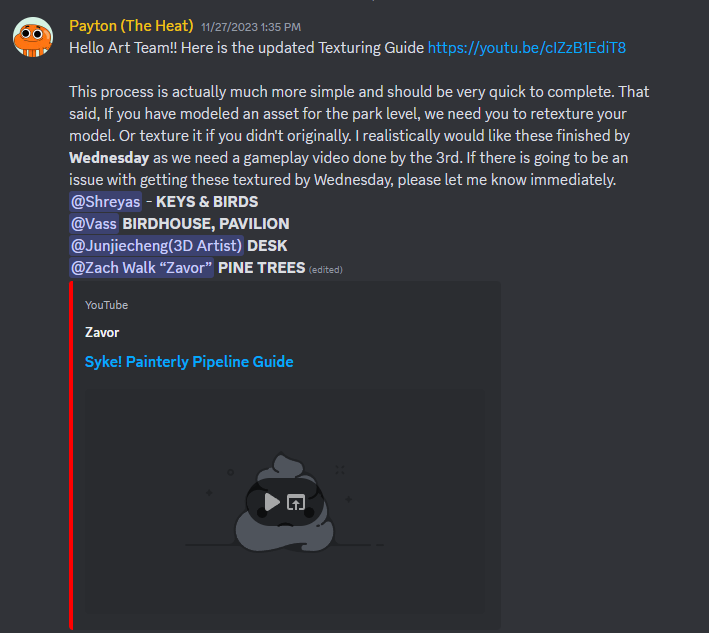
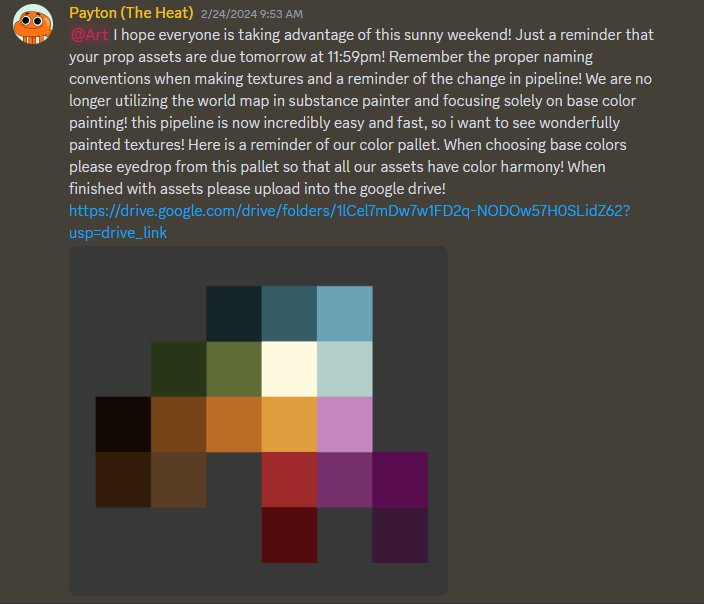
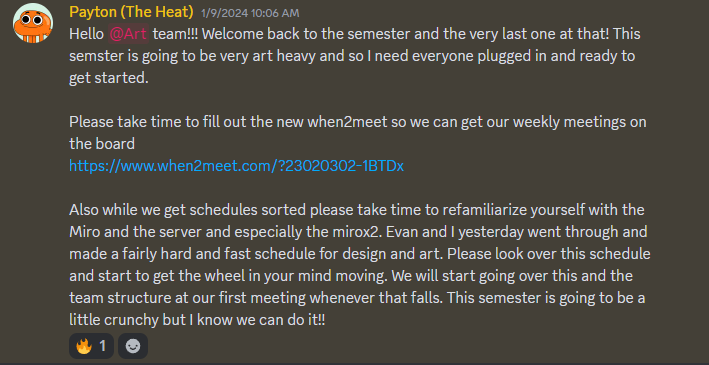
FULCRUM OF THE TEAM
Being in a leadership position doesn't automatically make you good at leading. The ability to make informed decisions quickly and efficiently comes from a large foundation of balancing not only information but people. During Syke's development I had to pay very close attention to the trust I was placing in my team. I broke asset production into sub teams based on priority; assessing my team and their individual skills and taking that into account when creating our master timeline.
Understanding my team was understanding how to deliver quality on time. We were on an incredibly tight timeline and every deadline needed to be hit to have our full vision come to life.


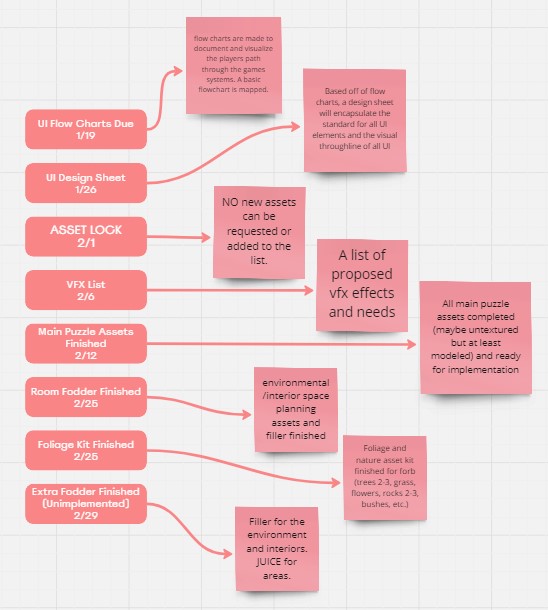


THE BUCK STOPS HERE
Halfway through development we found ourselves in a position that if we kept moving forward at that rate, we would be in dire straits. Conversations of cuts were floating our round table and we knew something had to change.
"Operation: Great Game" was our solution. A multifaceted restructuring of our development teams that focused on level strike teams. After assigning the artists to teams that suited their speed and talents, I found myself in a predicament. The apartment level was incredibly behind not only artistically but was set back by some late design changes and I had no one to assign to strike team lead.
So it fell to me to dive into engine and get the job done. I worked side by side with designers and engineers to get the level to a finished state. If I didn't have an asset, I modeled and textured it myself. If I wasn't sure how to do something, I figured out how. The effort I was able to put in made so that the other disciplines were no longer stalled and the development train could keep moving.

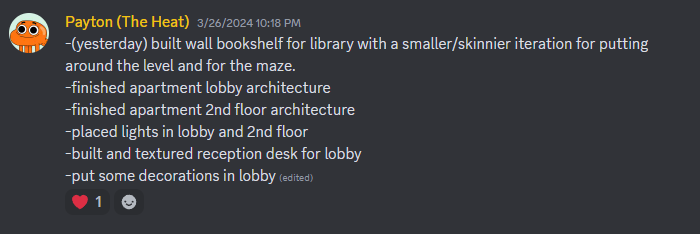



THE ART OF PRESENTATION
I am no stranger to the presentation of my work and the feedback that it attracts. I have a strong traditional art background where critique and criticism are baked into the artform. But presenting the work of a team this size felt like a whole different language.
Feedback in development takes a much more active role than in traditional art. Every comment no matter how insignificant it felt, required equal attention and conversation and in turn became an opportunity to problem solve.
Working with my team on how to integrate feedback from presentations and playtests challenged our abilities to think of out-of-the-box solutions within the box we had built.

